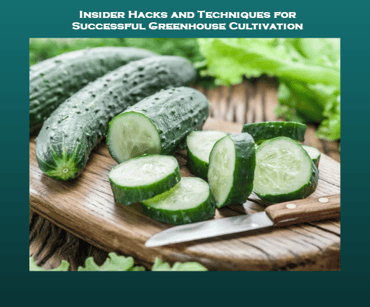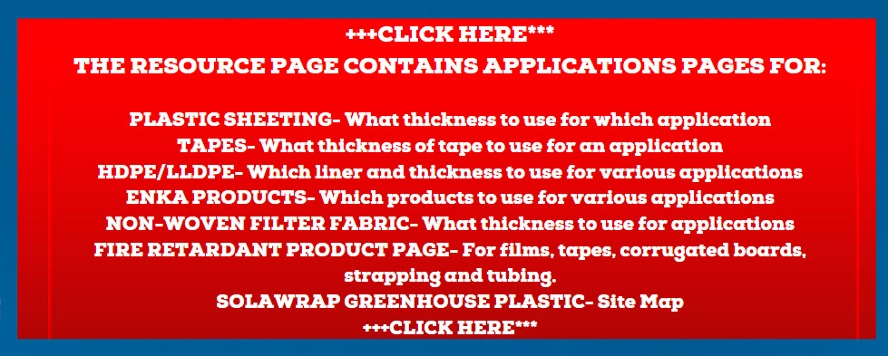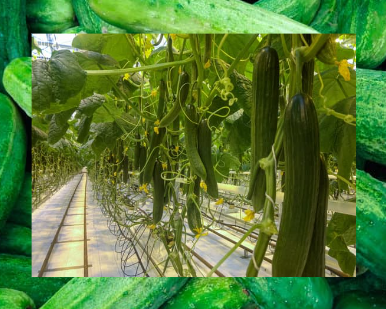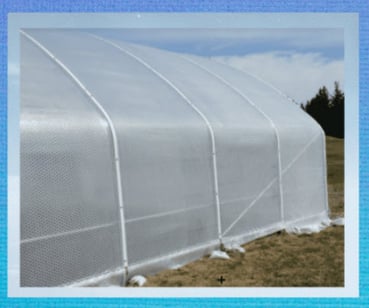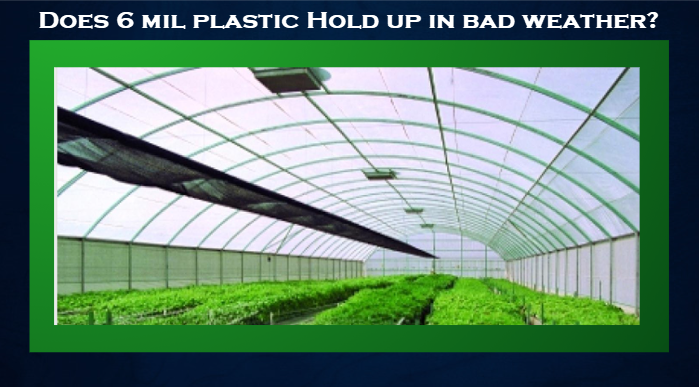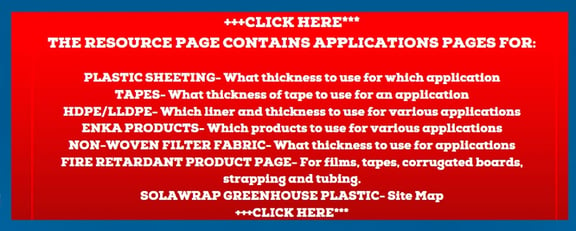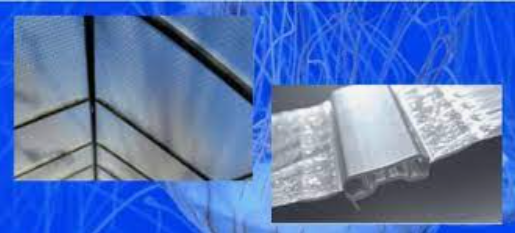
Introduction: SolaWrap greenhouse film is the ultimate solution for professional growers seeking to extend their growing season while ensuring peace of mind. With its unique bubble design, this polyethylene film offers unparalleled energy savings, UV protection, durability, and transparency. Let's explore the exceptional features of SolaWrap and why it's the preferred choice for successful greenhouse cultivation.
SolaWrap: The "One and Done" Film
- Unmatched Energy Efficiency: With a thermal conductivity value of 3.3 W/sq. m.K, SolaWrap provides significant energy savings. Its insulation properties retain up to 95% of heat radiation, ensuring optimal temperature control and reducing energy costs.
- High Transparency: SolaWrap guarantees uniform illumination across the entire horticultural area. The air cushion bubbles (1,000 bubbles per sq. m.) provide diffuse illumination, preventing shade formation and burning glass effects.
- Exceptional Resilience: Unlike other films, SolaWrap withstands the standardized drop weight test without consequences. Its high-quality construction allows it to bear high surface loads and ensures long-lasting performance.
- Weatherproof Protection: SolaWrap offers the highest degree of security against hail, snow, and high winds. Even during extreme weather events like "Lothar" in 1999, SolaWrap proved its resilience, safeguarding the greenhouse and crops.
- 10-Year UV Stability: With GPS guaranteeing 10 years of UV stability at 100 Kly/y, SolaWrap retains its color, clarity, and strength even under the harshest climatic conditions.
- Easy Installation: SolaWrap can be easily cut with a knife or scissors, and the lightweight keder strips simplify installation and replacement of sections.
- Trouble-free Recycling: SolaWrap is a polyethylene film that can be recycled in an environmentally-friendly manner or thermally reused.
SolaWrap vs. 6 Mil Film: The Distinct Differences
- Temperature Stability: SolaWrap ensures consistent temperature levels throughout the day, preventing shocks to plants caused by rapid temperature changes. The insulating properties of SolaWrap surpass those of a 6 mil film.
- Three Kinds of Light: SolaWrap's bubble/film design provides diffused, refracted, and direct sunlight, optimizing light distribution for healthy plant growth.
-
Diffused Light: Diffused light refers to light that is scattered and evenly distributed throughout the greenhouse. This type of light is achieved through materials or techniques that disperse light rays, reducing harsh shadows and minimizing the formation of hotspots. Diffused light provides uniform illumination, reaching plants from various angles and penetrating deeper into the plant canopy. This even distribution of light promotes balanced growth, reduces leaf shading, and enhances photosynthesis efficiency.
-
Refracted Light: Refracted light occurs when light passes through a medium (such as greenhouse covering materials) and changes direction due to the material's optical properties. As light enters the greenhouse, it interacts with the covering material and undergoes refraction. This bending of light rays alters their path, resulting in a broader spread of light within the growing area. Refracted light helps ensure that plants in the lower and shaded areas of the greenhouse receive sufficient light for photosynthesis.
-
Direct Sunlight: Direct sunlight refers to light that reaches plants without any obstruction or manipulation. It is the natural sunlight that comes directly from the sun. Direct sunlight provides the highest intensity of light and contains the full spectrum of wavelengths required for photosynthesis. It is particularly essential during periods of low light intensity, such as winter months or cloudy days, as it ensures plants receive the necessary light energy for optimal growth.
-
- Cost Savings in Cannabis Cultivation: Growing medical cannabis in a SolaWrap greenhouse offers significant cost advantages. A report by INC states that greenhouse cultivation can produce the same yield at a fraction of the cost compared to indoor cultivation, resulting in substantial savings for cultivators.
Conclusion: SolaWrap greenhouse film is a game-changer for professional growers, offering unmatched benefits in energy efficiency, light diffusion, durability, and cost savings. With its exceptional insulation properties, weatherproof design, and easy installation, SolaWrap provides the ideal environment for successful greenhouse cultivation. Experience the extended growing season, increased productivity, and peace of mind that SolaWrap brings to your greenhouse operations.





